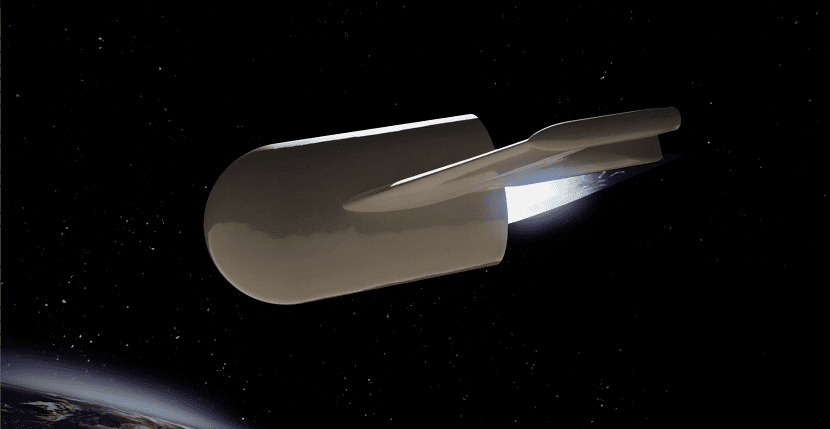
Once a space agency starts a project, in the initial phases of the project, one of the great points that must be made clear is precisely the longevity you will have the same. Although this may seem like something that may be solved later, the truth is that this estimate is crucial since, depending on the duration of the project, some propulsion systems or others must be installed so that the power must also be taken into account. fuel load and other parameters, something that finally compromises the design and architecture that, when the time comes, the probe, ship ...
A clear example to understand this much better is found literally in the problems that NASA is having with the Kepler space telescope, problems that we were talking about yesterday in ActualidadGadget and that finally resulted in a project that had given very good results but that, at the time, was estimated to last about 3 years, a temporality that has gradually increased until reaching this moment, in which, almost ten years later, it has ended by put Kepler out of fuel rendering it useless forever, unless the engineers of the US space agency find a short-term solution.

ESA develops a new electric motor capable of running on air molecules
In order to precisely try to alleviate these types of problems, those related to fuel consumption and its storage needs, ESA has been working for many years on the development of a novel drive system. After all this hard work, finally and according to what has been communicated, ESA engineers have managed to successfully test their new electric motor capable of operating from air molecules.
As has been reported, apparently and thanks to the new technology implemented in this new engine, once it is ready, it will serve to allow the satellites, probes, ships ... that are launched into space in the different missions to last much more. The main problem is that, to make use of this type of motor, the same must be located in the low orbit of both the Earth or another planet, as long as it has an atmosphere so they can work.

So far the engine has worked perfectly in laboratory tests
Regarding the tests carried out, as specified in the official statement issued, apparently we are talking about the motor has been installed in a vacuum chamber which has the ability to simulate the conditions in terms of air scarcity that we find in the Earth's atmosphere once we are at an altitude of about 200 kilometers.
The operation of the motor itself is much more complex than we can imagine although, at least when explaining it, it may seem very simple. The way this new propulsion system works is based on the use of air molecules. By extracting them inside the motor itself, these are electrically charged and in this way you can use as ion engine propellant.

These tests have shown that an engine of this type is possible not only theoretically
One of the great advantages that this engine can only be used in satellites and probes that are at such a low altitude is that it can count on a virtually unlimited supply of air molecules which will be captured as needed. As you can see, this is a more than interesting solution to ensure that the ion engines that are currently used run out of fuel over time, something that literally means that the ships could last many more years in orbit.
Going back to the tests carried out on the engine, apparently, they began by making it work under the usual conditions, that is, burning xenon, which was gradually replaced by a mixture of nitrogen and oxygen air. Once they were able to turn on the system using only air, they could see that electric propulsion using atmospheric propellant was completely feasible. At the moment the next step will be to further develop and refine the new powertrain.
Further information: ESA
I don't want to be a defeatist, but… where will it get "air" in space? Thank you